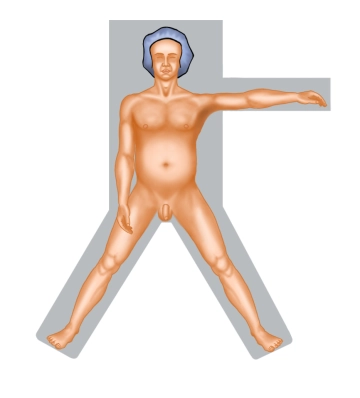Symptomatic cholecystolithiasis or gallbladder sludge with characteristic biliary pain.
Asymptomatic cholecystolithiasis with evidence of gallstones > 3 cm, gallbladder polyps > 1 cm, or porcelain gallbladder (significantly increased risk of gallbladder carcinoma).
Biliary colic in the first trimester of pregnancy should be treated with early elective surgery due to a high risk of recurrence during the course of pregnancy.
Acute cholecystitis: According to guidelines, early laparoscopic surgery should be performed within 24 hours of hospital admission. Alternatively, if symptoms have persisted for more than 5 days, in cases of ongoing anticoagulation therapy, or in patients with complex comorbidities requiring further evaluation, surgery should be performed in the asymptomatic interval 6 weeks after the acute inflammation.
After successful bile duct clearance in patients with additional cholecystolithiasis, surgery should be performed within 72 hours whenever possible.
After acute biliary pancreatitis with resolving cholestasis/pancreatitis and without the need for ERCP, early elective surgery is recommended to prevent a high risk of recurrent pancreatitis.


